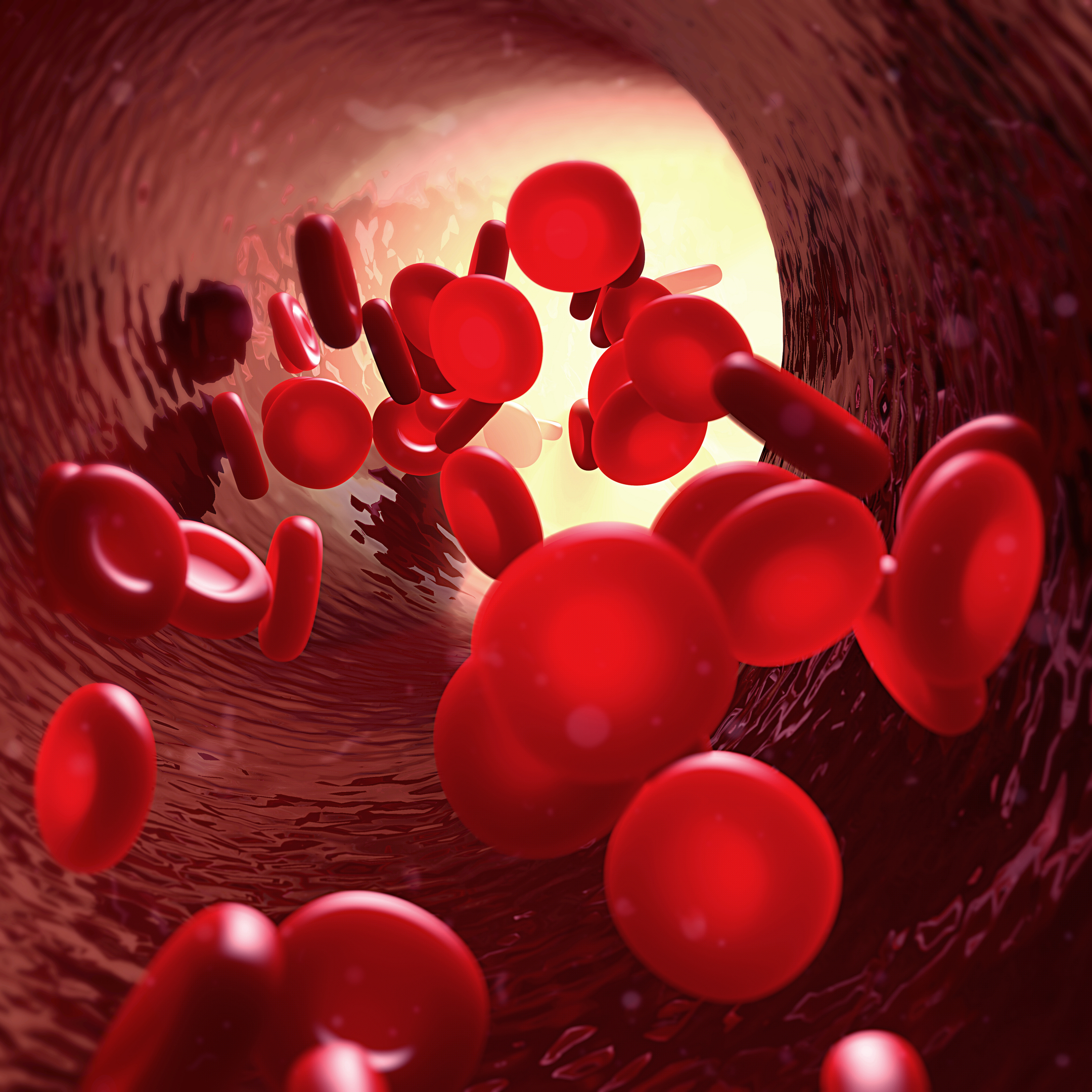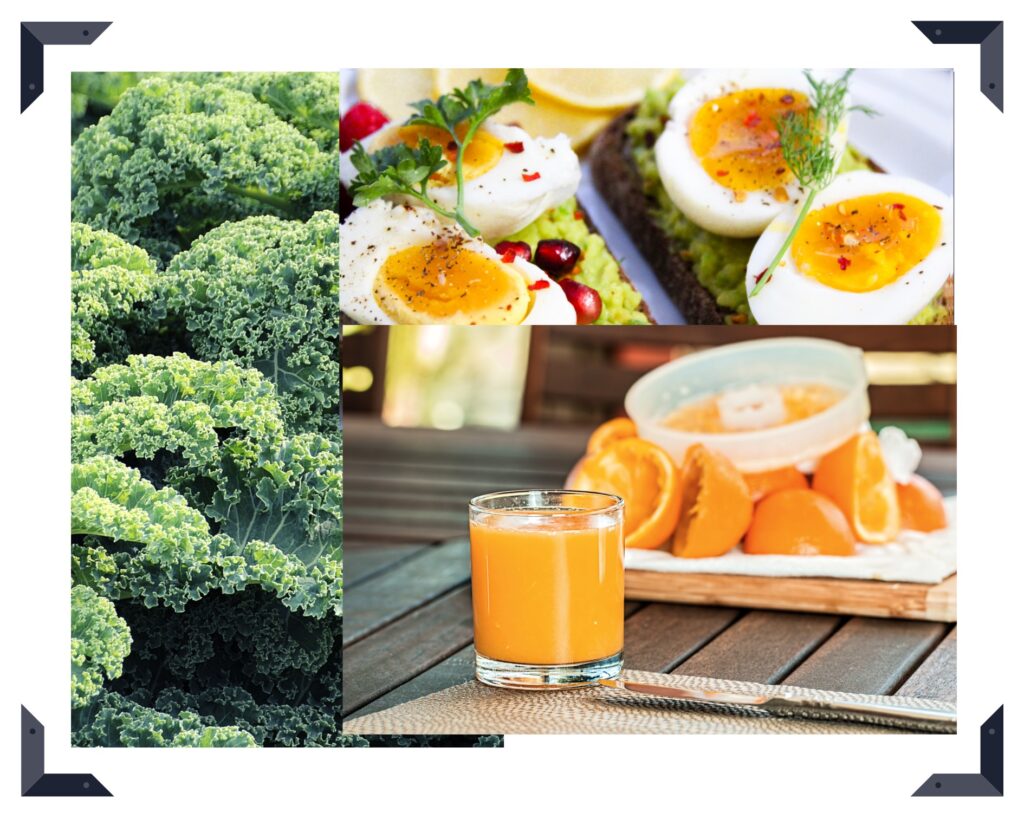
Anaemia.
What is Anaemia?
Healthy red blood cells carry oxygen around the body. Anaemia is the condition where there is a lack of these healthy red blood cells.
There are a few types of anaemia, there aren’t always symptoms.
Anaemia can be an indicator of something more serious going on in your body or it might just be a sign that you need to look at your nutrition and make a couple of tweaks. To find out you need to see your GP and get a blood test.
Possible signs and symptoms
- Fatigue
- Weakness
- Pale skin
- Headaches
- Cold hands and feet
- Shortness of breath
- Dizzy or lightheaded
- Heart Palpitations
Today I am going to be looking at two common forms linked to our lifestyle, iron deficiency and vitamin deficiency.
Haemoglobin in red blood cells is an iron rich protein that gives blood its red colour. It allows the red blood cells to carry oxygen from the lungs all around the body and then carry the waste carbon dioxide back to your lungs to be expelled.
Red blood cells are produced in your bone marrow. To produce haemoglobin and red blood cells your body needs Iron, Vitamin B-12, Folate, copper, manganese, zinc and vitamin B6.
Common causes of Iron & Vitamin deficiency
- Blood loss – from heavy menstrual periods
- Pregnancy – The growing baby taking your iron
- A diet lacking in folate and B-12 which can decrease red blood cell production
Iron rich foods
- Red meats – as the iron they contain is more easily absorbed by our bodies
- Beans
- Lentils
- Iron-fortified cereals
- Dark leafy veg
- Eggs
- Dried apricots
- Dark chocolate

Folate sources (the synthetic form is folic acid)
- Fruit and Fruit juices
- Dark leafy veg
- Green Peas
- Kidney Beans
- Peanuts
- Enriched grain products
- Yeast extract
Vitamin B-12 (The energy vitamin!)
- Meat and dairy
- Fortified cereal
- Soy products
- Nutritional yeast
Vitamin C increases the absorption of Iron. Therefore including a small glass of fruit juice with your meal can assist your body to absorb more iron. You need to avoid drinking tea and coffee with your meal as this has the opposite effect.
Who is most at risk of anaemia?
- Young children and teenagers due to sudden growth spurts
- Girls starting their menstrual periods
- Women of childbearing age
- Those who eliminate certain foods from their diet due to cultural/ethical beliefs and don’t compensate for deficiencies
How can anaemia be treated?
Tablets can be prescribed by your doctor but they can cause unpleasant side effects such as constipation and abdominal pain. Long term use can have side effects such as liver and heart damage, bronzing of the skin and diabetes, there is also concern about a hardening of the arteries. Taking iron tablets may also reduce the absorption of Zinc which contributes to a healthy immune system and renewing of cells, for instance, hair, skin and nails.
A balanced diet, including the foods listed above in your daily diet. If you are vegetarian or vegan you will just need to plan well.
Supplements. A good quality bio-available vitamin and mineral supplement could help bridge the nutritional gaps in your diet. Life is busy and sometimes we are not organised or prepared enough or maybe don’t have the nutritional knowledge to keep our bodies in optimal health.
Good nutritional habits are key to building your iron levels naturally.
If you would like to chat with me about your unique menopause transition, book a Wild Well-Being call and come away inspired and motivated to begin your journey to optimal health.
